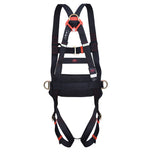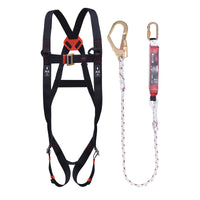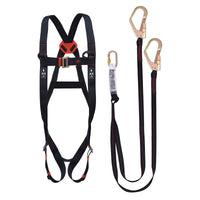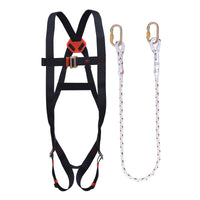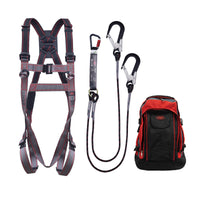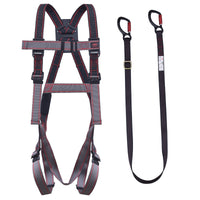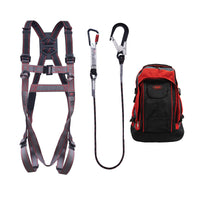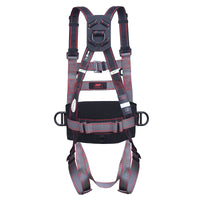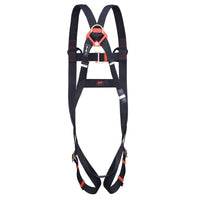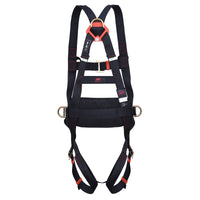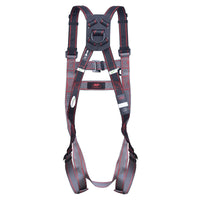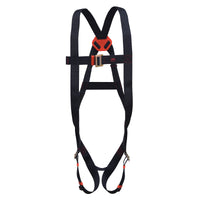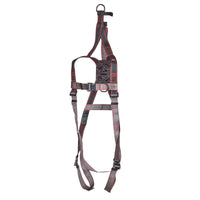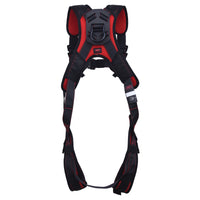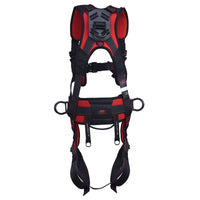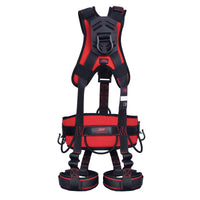Safety Harnesses
Buying a compliant height safety harness is one of the most important things you can do when working at height to ensure your safety. A properly fitting harness will keep you safe in the event of a fall, and for the most part, when used with the rest of a fall protection system, it will stop you from even having a fall in the first place. Good quality harnesses come with CE marks safety documentation, including EN conformity information, something that must be supplied for the harness to be deemed compliant and usable
Read more